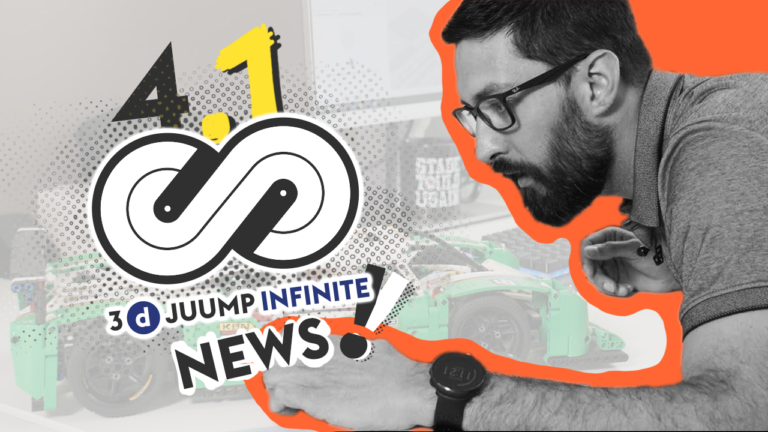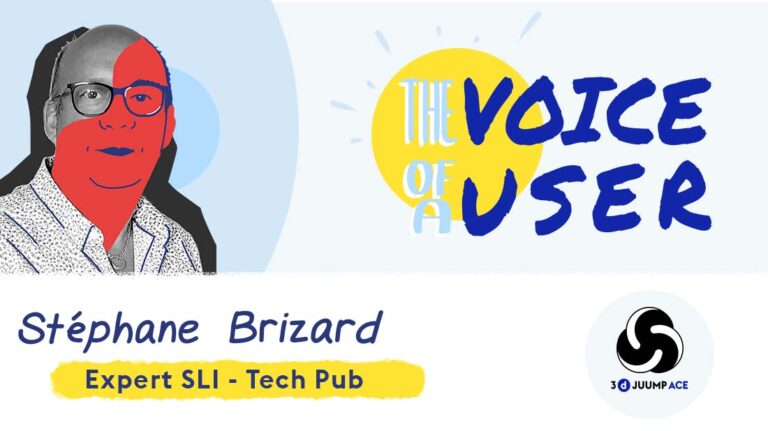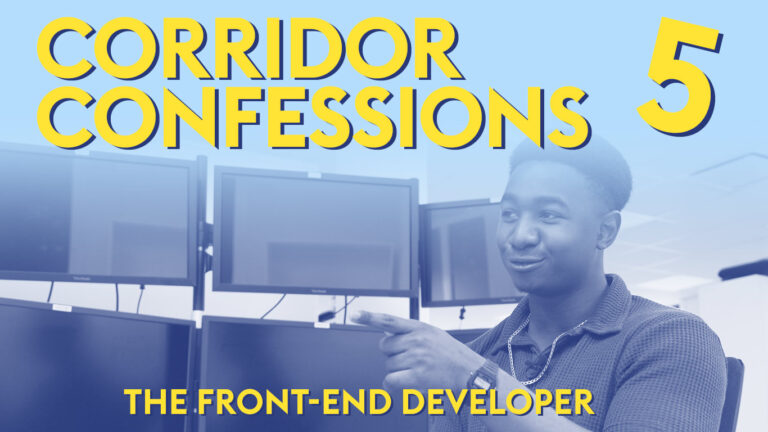
"Illustrators have real computers to create CAD drawings, but we redactors only have laptops for office automation"
Eric is technical redactor at Akka Technologies and uses 3D Juump Ace to deliver technical documentation for Airbus and other customers. Here are few questions about how the software an fulfil his needs.
"We were producing all the “structural repair manuals”."
Eric, could you please describe your job?
We operate in the context of technical publications and mainly for the client Airbus, which means we produce everything that relates to the maintenance and procurability documentations. There was a time, on programs for the A350 or the long-range, we were also producing all the “structural repair manuals”. And today, we provide the maintenance documentation for the A320 and A380 programs, and also for the activities of the A350 program on part of the wiring.
So, we are a small team here of 20 people in a front office to exchange locally with the client in Toulouse. And then, we have a slightly bigger back office in India, that handles the mass production for Airbus activities.
We have other clients in the context of CMM, all that is “On-shop”, but it’s documentation that is usually a bit more basic, for clients like Saab, Liebherr, Naval Group.
In which context do you need 3D Juump Ace?
Well, my team here mainly uses it for mock-ups. Nowadays, most of the documents we produce for Airbus are in an isometric 2D colored format. But as much as possible, we start from 3D models and use 3D Juump Ace to make drafts of the illustrations. We also provide the 3D models to illustrators, who, in contrast, use them to create the final document in CGM format.
So: drafts; and analysis, to understand how to access the equipment and detail these steps in our installation/dismantling procedures, or for inspection procedures.
"For programs that are a bit older, like the A320, we make requests and most of the time, we don’t get the exact configuration of the plane."
So you receive 3D files from your clients?
And then you make exports?
How did you do when 3D graphics weren’t available?
How would you sum up the advantages of using 3D graphics?
How did you discover 3D Juump Ace?
"It’s a powerful ally for all who want to move around 3D models quickly and easily, and don’t want to make CAD development."
What are the main strengths of Ace, according to you?
What should we add to this software, according to you?
For us, as redactors, it would be useful to have a tool that lets us annotate a bit more and draft directly within the software. Maybe it’s something we didn’t dig enough to find, maybe it already exists in 3D Juump Ace, but we don’t use those functionalities. We need to use other softwares afterward to inlay what we do. To take the example of exploded views: we can save them but we don’t make use of them to make drafts for illustrators. Now that I think of it, maybe it’s feasible with the latest version of Ace. And if we go further, if we were able to inlay AMM, it would fit exactly the needs of our clients. But regarding that, we’re not there yet.
French language, english subtitles.



